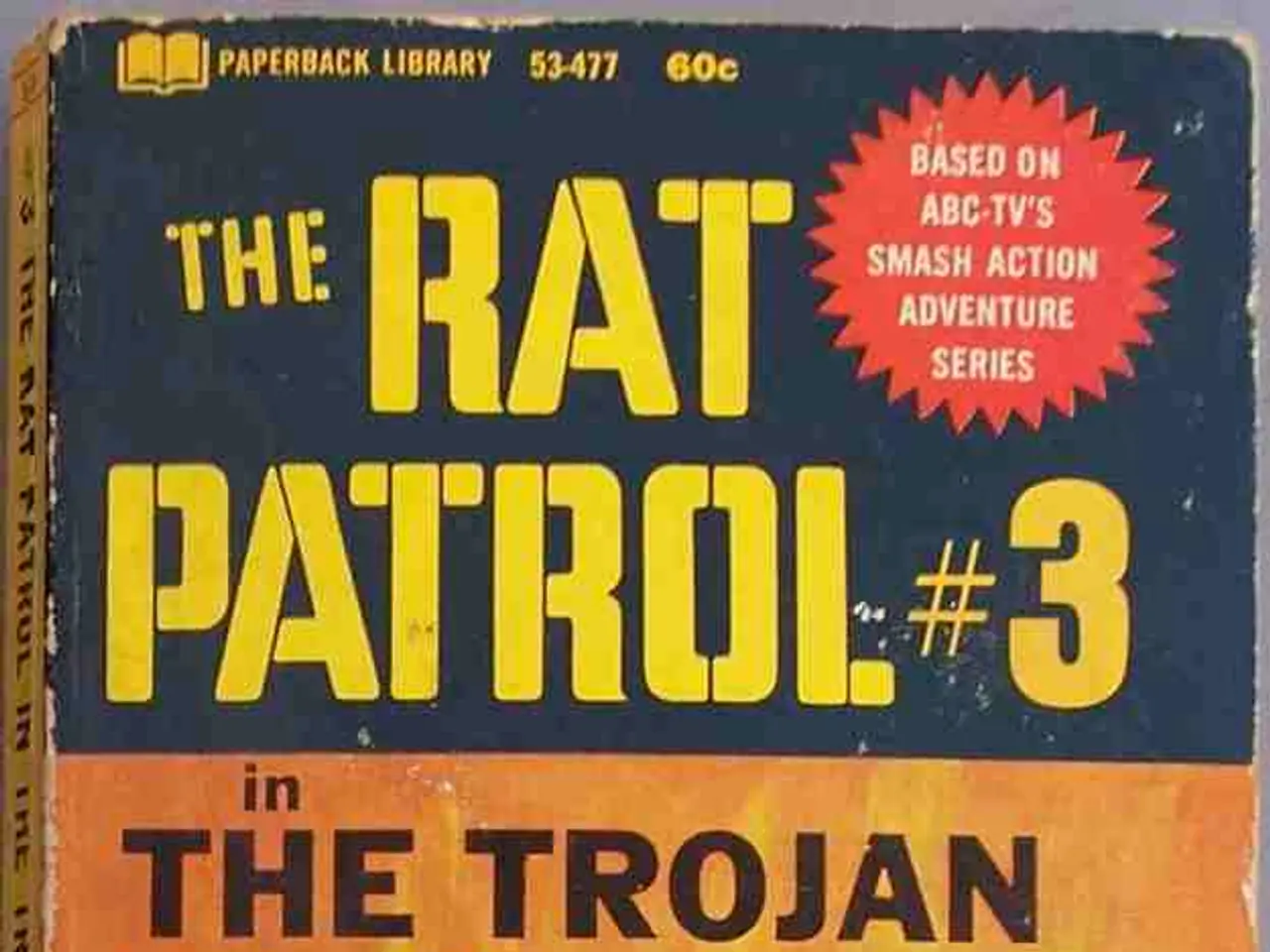Russian military bloggers issue caution: Tread with caution
Ukraine War Remains Intense as Both Sides Engage in Heavy Fighting
As of late August 2025, the Ukraine War remains an active and intense conflict with ongoing military engagements on multiple fronts involving Russia and Ukraine.
Russian forces have made some territorial gains, particularly in eastern Ukraine, including around the Donbass region and northern axis near Sumy. However, these advances are being met with persistent Ukrainian counterattacks and drone strikes, even inside Russian border areas such as Kursk Oblast.
Ukrainian forces have successfully disrupted Russian logistics and infrastructure. For instance, they have conducted drone strikes on Russian oil refineries[1][2][3][5].
On the diplomatic front, Russian President Vladimir Putin and Ukraine have signaled some readiness for direct negotiations through the Istanbul format, showing a possible opening for dialogue, though Russian demands—like control over Donbass—remain firm[1][4]. Former U.S. President Trump has also pushed for a lasting peace deal, signaling shifts in the diplomatic landscape[4].
NATO and the U.S. continue to provide significant support to Ukraine, including discussions about security guarantees that would act as a deterrent to further Russian aggression. These could involve collective security assurances reminiscent of NATO’s Article 5 principle, although no formal NATO membership or direct NATO involvement is currently indicated. European powers, backed by the U.S., appear willing to guarantee Ukraine's security in the event of a peace deal, aiming to prevent renewed Russian attacks[4].
The war has severely damaged Ukraine’s infrastructure, with nearly half of its pre-war electric power capacity lost due to occupation and destruction[5].
In a recent development, Ukrainian President Volodymyr Zelensky has warned of new Russian offensives on three front sections, including Saporizhzhia, Pokrovsk, and Novopavlovka[7]. Meanwhile, several bloggers are warning of caution, noting that Russian forces have not yet consolidated their positions and that this push is not yet a full breakthrough[8].
The much-anticipated meeting between US President Donald Trump and Kremlin leader Vladimir Putin in the US state of Alaska will take place in the city of Anchorage, according to the White House[9]. The outcome of this meeting could potentially shape the course of the conflict.
The war has also seen unusual alliances, such as Putin praising the "selfless attitude" of the soldiers of the Korean People's Army "in the liberation of Kursk," KCNA reports, referring to the involvement of North Korean troops on the Russian side in the Ukraine war[6].
In response to the end of federal reception programs, representatives of human rights organizations have criticized that visas for regime opponents from Russia or Belarus are no longer being issued for the time being[10].
Lithuania plans to launch a new training program for the general public and schoolchildren to build and operate drones this fall, and to open three drone training centers in September, with the number set to grow to nine centers in the coming years, investing more than 3.3 million euros in the project[11].
Polish Prime Minister Donald Tusk has accused Russia of attempting to drive a wedge between Warsaw and Kyiv[12]. Meanwhile, Lithuania has warned Russia over its military activities near the border[13].
In a show of resilience, a team of Ukrainian special forces (SOF) has destroyed a radar station, TRLK-10 Skala-M, in the Russia-occupied Crimea[14].
The situation remains dynamic with significant military and political uncertainties ahead. However, it is clear that both sides are committed to the conflict, and the international community continues to closely monitor the situation.
- The international community, including NATO and the US, are closely monitoring the Ukraine War due to its intense nature and the ongoing military engagements on multiple fronts, as well as the geopolitical implications that could impact global stability.
- The Ukraine War, marked by heavy fighting between Russia and Ukraine, has also seen involvement in unexpected alliances, such as the reported participation of North Korean troops on the Russian side, raising questions about the politics of global alliances and solidarity.








